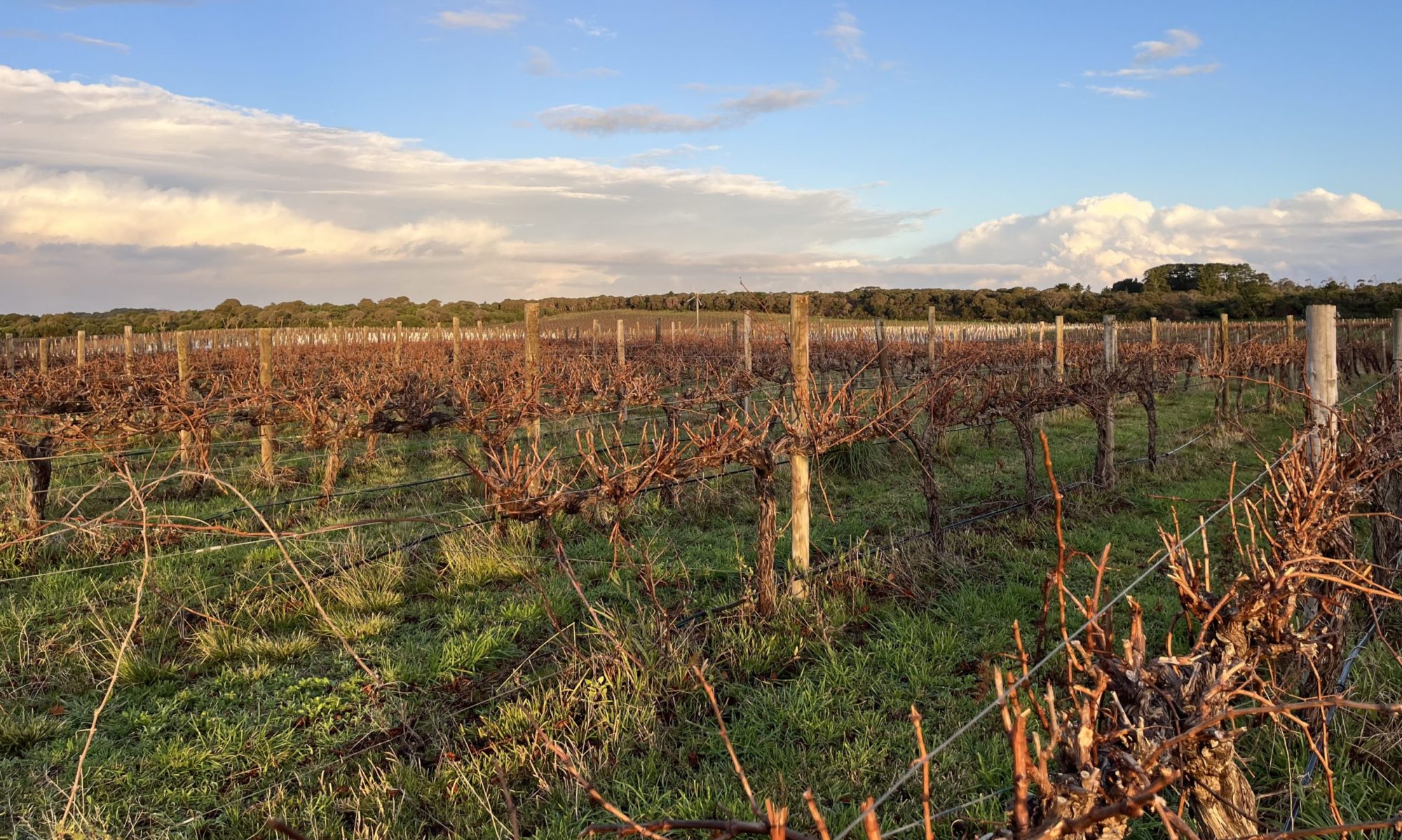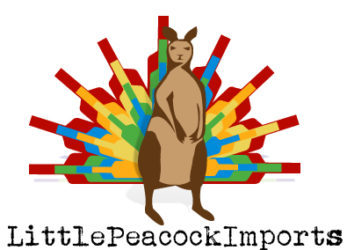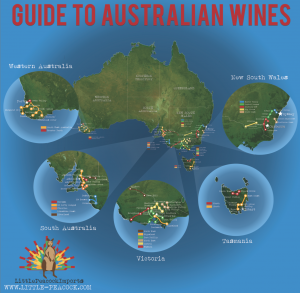Australia is, geographically, roughly the same size as America (with <10% of the population). The country is one of the top 10 wine exporters in the world, however the total under area under grapevine is less than that of France’s Burgundy and Bordeaux regions combined.
New South Wales
New South Wales is about the same size as Texas, comprising about one-tenth of Australia’s land mass including over 1,300 miles of beautiful coastline. It was here, at Botany Bay, that then-Lieutenant James Cook (who also led the first European contact with Hawaii) first landed in 1770, and eighteen years later where the first British colony was set up at Sydney Cove.
Viticulturally, the state produces about a quarter of Australia’s wine (three-quarters from the prolific growing zone of Big Rivers). It is home to the iconic wines of the Hunter Valley, where James Busby first planted vines in 1825. Today it is known both for a vast selection of quality grapes from warm regions like Riverina as much as for smaller, magnificent high-altitude vineyards around Canberra and Orange.
South Australia
South Australia (pop’n: 1.65 million) is undoubtedly the wine capital of Australia. In an area roughly 1.5 times the size of Texas, South Australians produce a little under half of all Aussie wine. Victoria, in comparison, produces only 16%. But then South Australia is the home to most of the country’s larger wineries.
Each region possesses its own climate (and micro-climates) and soil types, though they cluster in the south-eastern part of the state.
Tasmania
Tasmania is an island resting between mainland Australia and Antarctica. It is cold, it is far away, it is pristine, it is beautiful. 60% of the island’s half a million population is centered either in the south in Hobart, or in the north in Launceston. It’s a couple hours’ drive between the two cities, and a pleasant one at that.
In the north lies a wine region centered around the Tamar River, which flows 40 miles up from Launceston to Bass Strait. Ringed either side with wineries and a climate that is cooler than Champagne in summer (while warmer in winter), it’s so old that it was Tasman cuttings that were sourced to plant vineyards in South Australia and Victoria. Bet you didn’t know that. Core varietals planted are Pinot Noir, Chardonnay and aromatic whites such as Riesling and Pinot Gris.
Victoria
The State of Victoria (pop’n: 5.5 million) is a little smaller than Michigan in terms of land area. Victoria has more wine regions and more wineries than anywhere else in Australia, with about 26,000 hectares under vine. It is a region of diversity, bordered at the top by the Murray River and to the south by the turbulent Bass Strait (next stop, Tasmania). Warm fruit growing areas are the staple of the flat north-west, cool climate coastal zones surround the Port of Melbourne, and the Great Dividing Range (the world’s third largest mountain range) terminates in Victoria’s eastern flank.
Western Australia
Western Australia (pop’n: 1.21 million) was the last colony to join the Federation in 1901 to become part of what we know as Australia today. The state is enormous, about 1.5 times the size of Alaska. While it accounts for over half of the country’s mineral exports, it produces a mere 3% of Australia’s wine. But what good wine it is.
Its potential as a region was recognized a long time ago, seen here in a letter to The Scientific American published in 1848: “There is now every reason to believe that Western Australia will one day become a great wine country. Its vineyards are becoming more numerous and extensive every year, and the wine produced in them is of a quality to lead us to believe that when the art of preparing it is better understood, it will be found of very superior quality. It will, however, be a new kind of wine, and therefore, before it will be prized in Europe, prejudices in favor of older wines have to be overcome.”
There are three main wine regions in Western Australia: the hot Swan Valley, slightly north-east of Perth (state capital); more moderate-climate Margaret River, about a 3.5 hour southward drive; and the cooler-climate Great Southern, which borders a significant part of the state’s southern coast. Next stop…Antarctica.
Margaret River is 62 miles long by 17 miles wide, and Great Southern about double that. In terms of some of the world’s best-known wine regions, they’re a drop in the ocean: Margaret river has about one-twentieth the area under vine when compared to Bordeaux!


